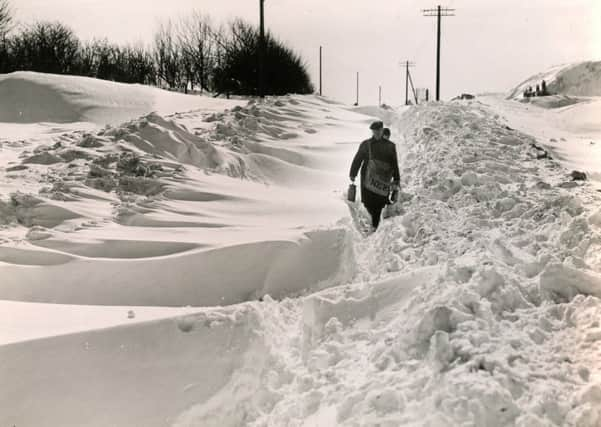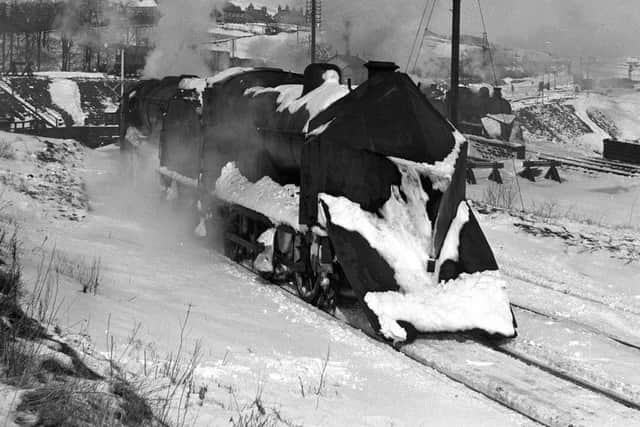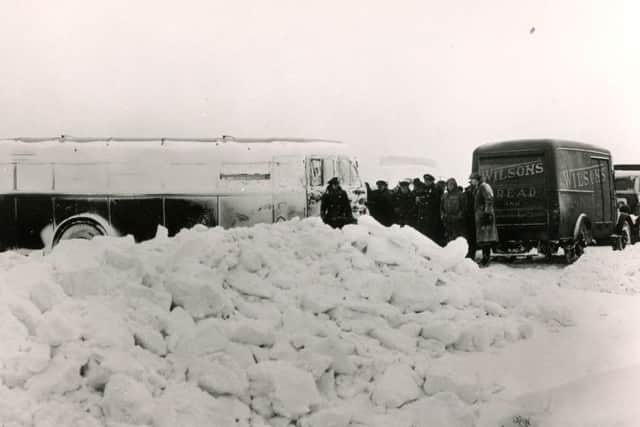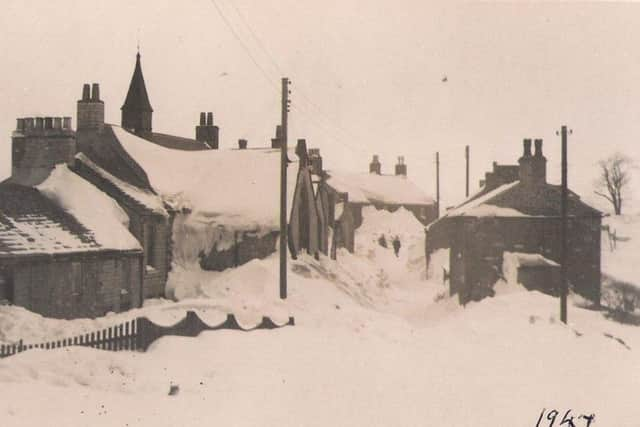MEMORY LANE: Buxton shivers in the big freeze of 1947


My favourite picture of the winter of 1947 is actually from the following autumn and shows the vicar of Fairfield with some of the 105 babies he’d been asked to baptise.
At St Peter’s the year’s total broke the previous record by 25 per cent.
They had to make their own fun in those days.


RELATED STORIES:
Advertisement
Hide AdAdvertisement
Hide AdAlmost 70 years on, 1947 remains in the public memory as the ultimate bad winter, even if the “big freeze” of 1963 was actually colder.
Perhaps it’s because the snow lasted for so long and came at a time of fuel and food rationing and general austerity.


The tales of snow up to bedroom windows and trains disappearing in drifts are true and they make recent bad winters like 2010 seem tame.
It’s sobering to remember that within living memory people used to die in the Peak District from such extreme weather.
Advertisement
Hide AdBeginning in mid January blizzards blew in almost every day until late March in what was described as “an eight week ordeal by snow”.
Advertisement
Hide AdThe road network was paralysed and many bus routes were shut for the whole period.


Buxton came to rely on the railway for its vital food and fuel supplies – officials credited three special coal trains that got through with saving the town from an even more serious crisis.
The line to Ashbourne was abandoned and all available men worked to clear drifts from the other routes.
Advertisement
Hide AdJust in Buxton the council used 200 men for many weeks clearing snow. They included 100 German POWs.
They had three motor and seven horse drawn snow ploughs and at one point worked continuously for over 100 hours only stopping to refuel.


Advertisement
Hide AdBy March the frames of the snow ploughs were twisted from continuous use and hundreds of tons of snow had been tipped into the River Wye.
Up to 500 people a day queued at Buxton’s gas works to be issued with a sack of coke, transporting it home on sledges and prams.
Advertisement
Hide AdWhilst most villages were cut off by road for very long periods, those near the railways fared better as food could be delivered between blizzards.
Two postmen who volunteered to walk to Hartington arrived in a state of exhaustion after seven hours.
Tragically attempts by the RAF to drop food supplies in the Longnor area on February 12 and 13 ended in disaster.
Advertisement
Hide AdThe weather was so bad the crews could not find the villages and a Halifax bomber crashed on Grindon Moor killing the eight men on board.


Advertisement
Hide AdBy March cattle in areas like Quarnford were starving to death but even using three bulldozers the authorities could not open the road over Axe Edge.
The farmers refused to have more aircrew risk their lives and small amounts of fodder were ferried up by sledge instead.
The NFU reported that across the country 1.4 million sheep had died.
The cold snap was followed by melt water floods and a storm that damaged many buildings weakened by the great weight of snow.
Advertisement
Hide AdAdvertisement
Hide AdThe Buxton Herald summed it up as ‘the longest and harshest the spell of winter weather in the town’s history’.
In a typically Buxton twist the winter was followed by the town’s worst ever water shortage.
A scorching summer and autumn including a five-week period without a drop of rain reduced the reservoir levels to less than a week’s supply and restrictions on water use lasted until just before Christmas.
READ MORE FROM MEMORY LANE